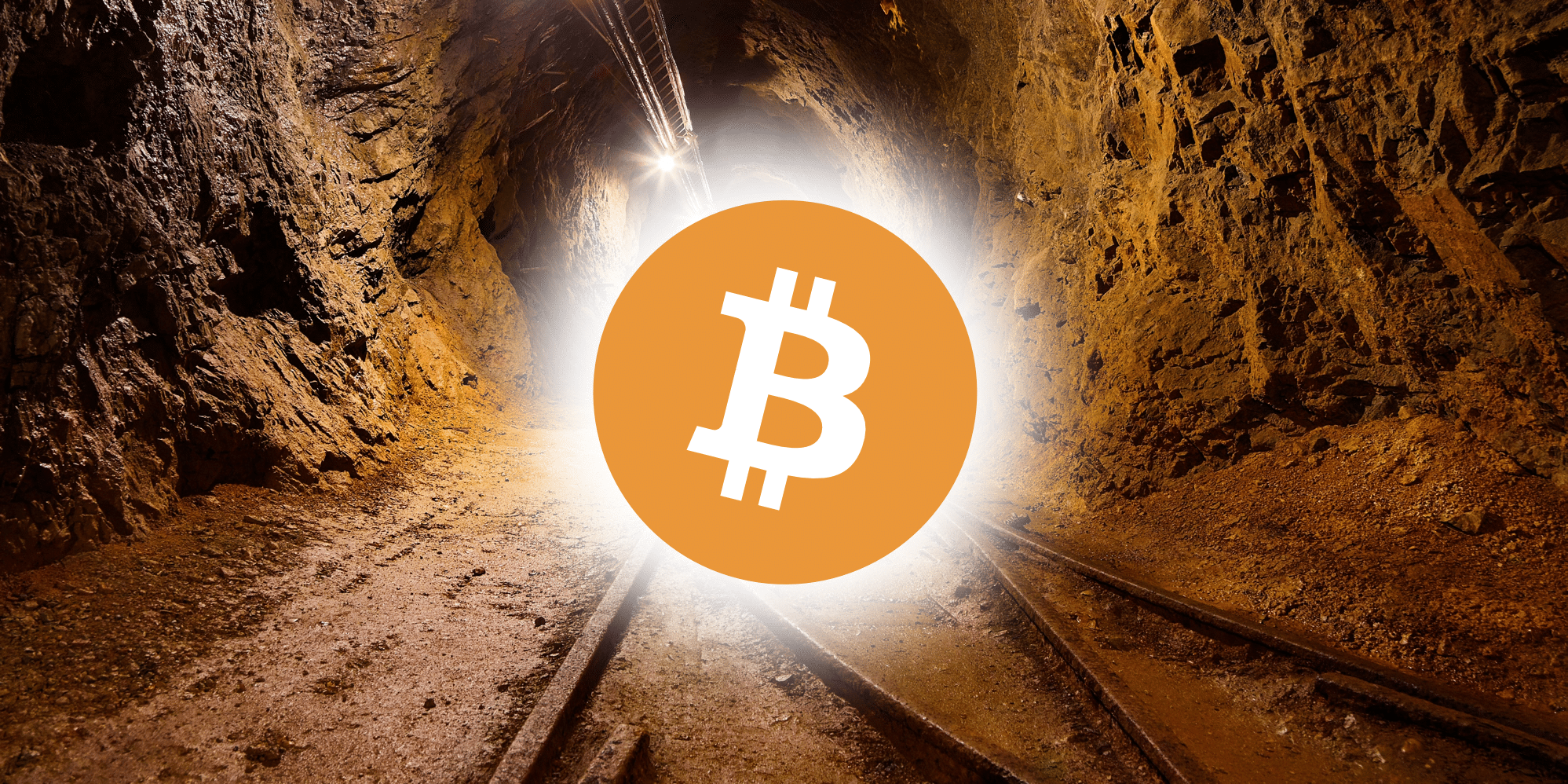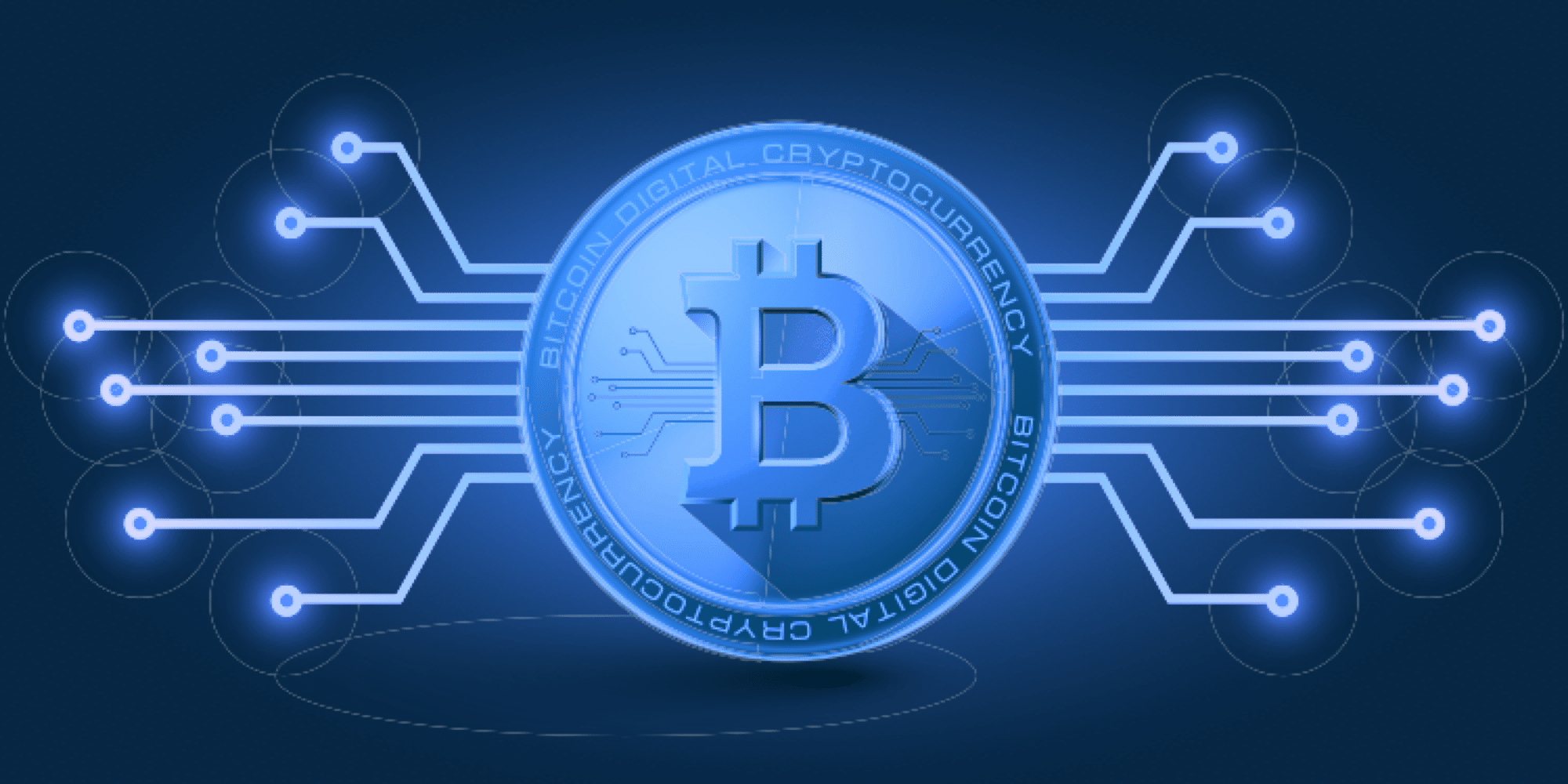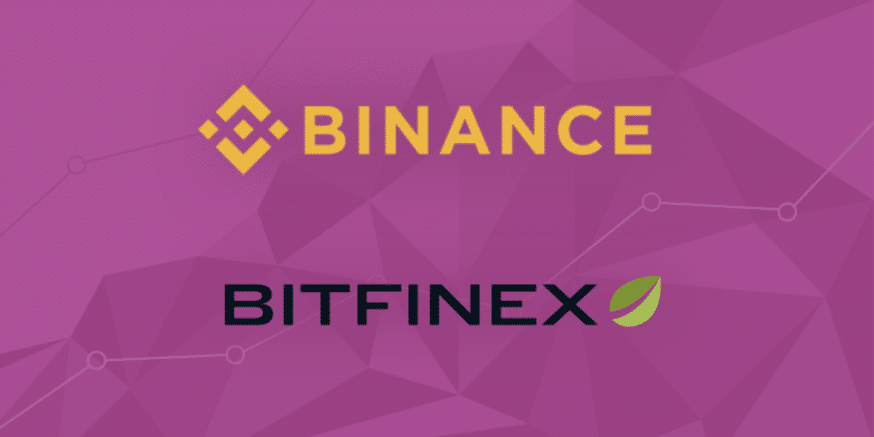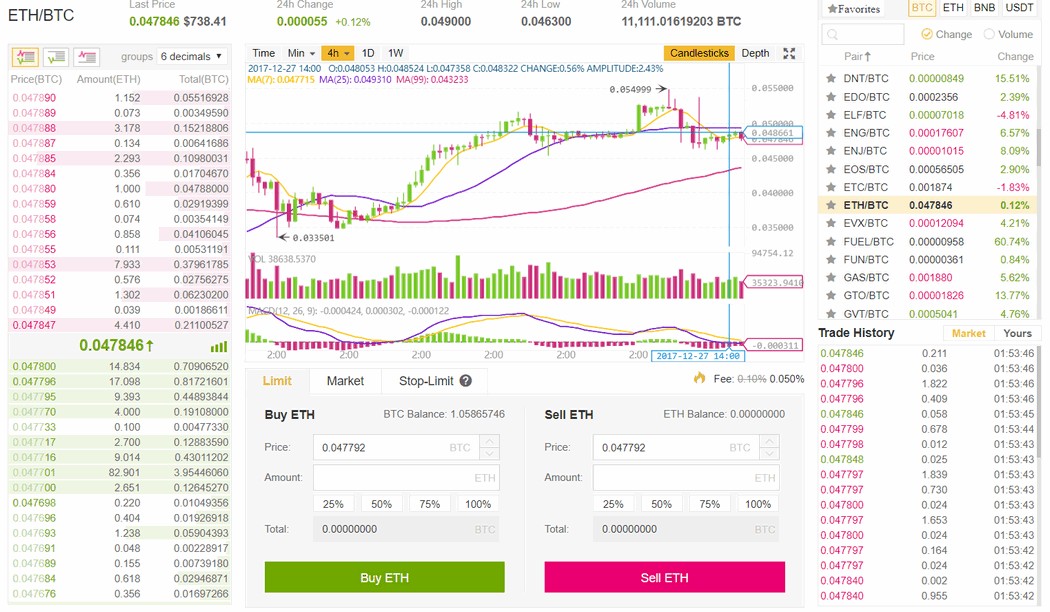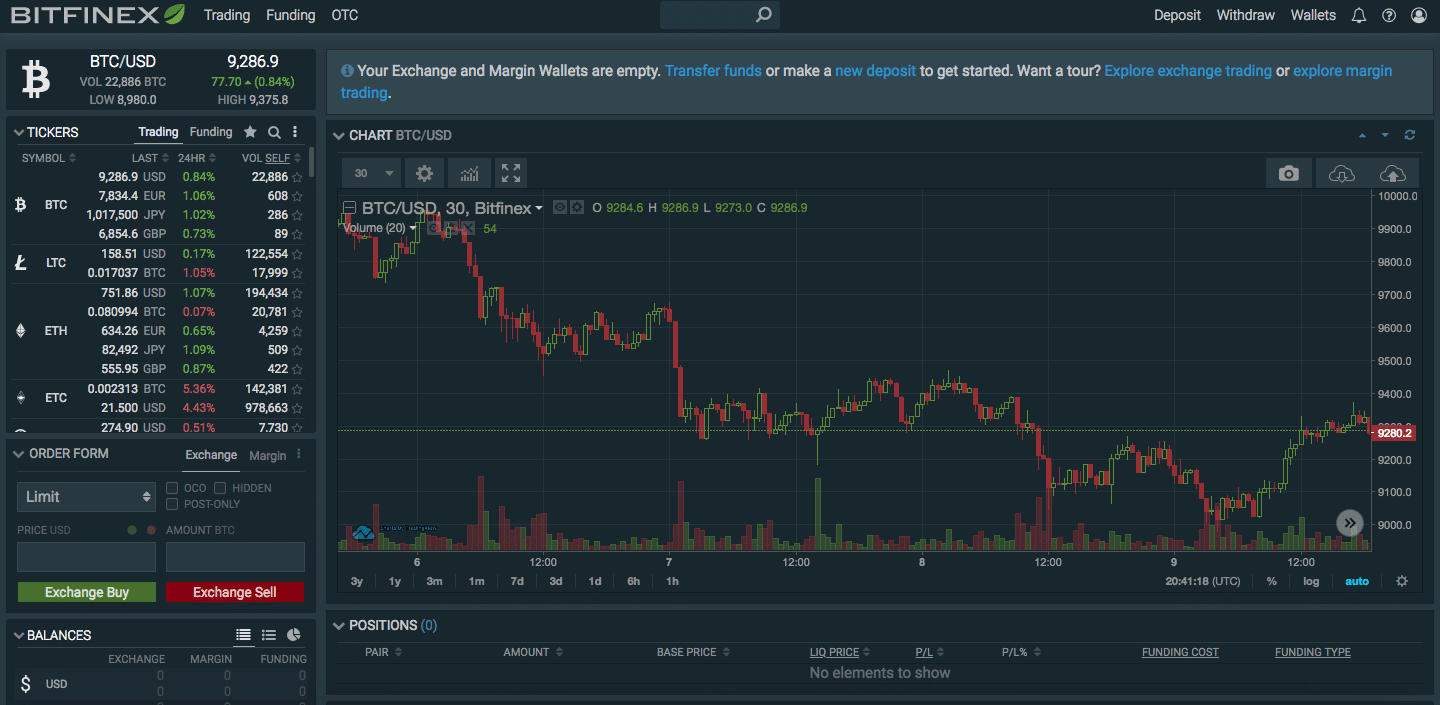Binance vs Bitfinex: Both exchanges are popular choices for active traders dealing in alternative coins (altcoins). They’re consistently in the top five exchanges by trading volume, with Binance almost always ahead of Bitfinex.
Disappointingly to U.S. residents, Bitfinex discontinued service to the United States toward the end of 2017. Although this discontinuation appears to be temporary, it’s unclear how long it will actually last.
Service stoppages aside, it’s still important to compare these dominant exchanges. In this Binance vs Bitfinex exchange comparison, we’re going to cover all of the pros, cons, and details of each one so you can make a decision on which one is best for you.
We’ll talk about:
- Funding Methods
- Interface
- Trading Fees
- Available Cryptocurrencies
- Transfer Limits
- Company Trust
- Fund Security
- Customer Support
Binance vs Bitfinex Key Information
| Exchange |  |
 |
|---|---|---|
| Reviews | ||
| Site Type | Cryptocurrency Exchange | Cryptocurrency Exchange |
| Beginner Friendly | ||
| Mobile App | ||
| Buy/Deposit Methods | Cryptocurrency, Wire Transfer | Cryptocurrency |
| Sell/Withdrawal Methods | Cryptocurrency, Wire Transfer | Cryptocurrency |
| Available Cryptocurrencies | Bitcoin, Ethereum, Litecoin, Bitcoin Cash + >50 more coins | Bitcoin, Ethereum, Litecoin, Bitcoin Cash + >100 more coins |
| Company Launch | 2012 | 2017 |
| Location | Hong Kong | Malta |
| Community Trust | Average | Great |
| Security | Great | Great |
| Customer Support | Good | Good |
| Verification Required | Yes (for fiat) | No |
| Fees | Low | Very Low |
| Site | Visit Bitfinex | Visit Binance |
Funding Methods
Binance is strictly a cryptocurrency exchange – it doesn’t have a fiat on-ramp. Although you can deposit any supported cryptocurrency, you should stick with Bitcoin, Ethereum, Binance Coin, and Tether. These are the only coins on the exchange that you can trade for other cryptocurrencies.
On Bitfinex, you can fund your account through bank wires. The platform supports the Euro, Japanese Yen, Pound Sterling, and U.S. Dollar. You’re also able to deposit cryptocurrency funds.
Interface
Binance provides two interface options: Basic and Advanced. The two views are actually comparable in complexity, but the Advanced one has more tools available for technical analysis. Both views include the common charts and figures you’d find on any reputable exchange.
On Binance, you can make market, limit, and stop-limit orders.
The Bitfinex interface is significantly more complicated than Binance. But, the platform also supports more advanced trading. Along with market, limit, and other types of conditional orders, you can trade on margin as well. As this brings a whole new level of risk to an already volatile market, we recommend that you only trade on margin if you’re an experienced investor.
Trading Fees
You’ll have trouble finding an exchange with lower fees than Binance. Binance charges just 0.10% per trade and cuts the fee in half if you pay with Binance Coin (BNB).
Bitfinex uses a trading fee schedule that calculates fees based on your trading history and whether you’re a maker (putting an order on the books) or taker (filling an order from the books). Maker fees vary from free to 0.10% while taker fees range from 0.10% to 0.20%. This is still low compared to most other exchanges.
Available Cryptocurrencies
Although Binance has more available cryptocurrencies than Bitfinex, you’ll probably find whichever coin you’re looking for on either platform. Both exchanges support:
- Bitcoin
- Bitcoin Cash
- Dash
- Ethereum
- Ethereum Classic
- Litecoin
- Monero
- NEO
- OmiseGo
- + many more
To see a full list of the cryptocurrencies that each exchange offers, you can check out here for Binance and here for Bitfinex.
[thrive_leads id=’5219′]
Transfer Limits
Binance doesn’t have a deposit limit. However, your withdrawal limit is based on your level of verification. Without verification, you’re limited to 2 BTC per day. After you submit ID verification, you can withdraw up to 100 BTC each day.
Bitfinex hasn’t listed any deposit or withdrawal limits. It appears that even without verification, you can deposit and withdraw any amount of cryptocurrency. This isn’t true for fiat transfers, though.
To deposit/withdraw fiat currency, you need to go through Bitfinex’s verification process. This process is more intensive than the verification steps on other platforms. To become verified, you’re required to submit an online form and hand over the following information:
- Age
- Address
- Telephone number
- Email address
- Two forms of government-issued IDs
- Bank statement
- Proof of address
If you’re uncomfortable giving up this much information, you’ll probably want to avoid using Bitfinex for fiat trades.
Company Trust
The cryptocurrency community holds Binance in much higher regard than Bitfinex.
Some community members are wary of Bitfinex’s connection with Tether and believe that the exchange is unethically printing more of the stable coin in order to solve their own insolvency issues. Other traders also complain that minimum withdrawal amounts unfairly keep small-time investors’ funds locked on the platform. That being said, plenty of investors have had positive experiences using the exchange.
On the other hand, Binance has become the shining star of cryptocurrency exchanges. Within 6 months, the platform grew from ICO to the largest exchange in the world. The Binance team is incredibly transparent on Twitter, and users seldom report any issues.
Bytecoin (BCN) Deposit Issue
Due to Bytecoin (BCN) network issues, deposits and withdrawals are experiencing severe delays. The Bytecoin project team is working to resolve the issue. Please be cautious of high price volatility and trade with caution.https://t.co/ZaUk3p2Wln pic.twitter.com/dhbAfd8naA
— Binance (@binance) May 8, 2018
Fund Security
Bitfinex has the edge when it comes to security protocols, but your funds are safe on both exchanges.
Bitfinex keeps only 0.5% of cryptocurrency assets online, holding the rest in cold wallets. Additionally, these cold wallets need the manual approval of multiple Bitfinex employees to even allow access. The team also backs up the database every day, monitors for suspicious behavior, and allow you to instantly freeze your account if you think it’s been compromised.
Binance doesn’t outline its security policies on its website, but there have been a few instances in which the team has proved their dedication to security. Most recently, some Binance users fell victim to a phishing/API attack. Once the team spotted suspicious trading activity, they froze the accounts, reverted the trades, and returned funds back to the appropriate users.
Customer Support
Customer support on both platforms is about equal and on par with the rest of the industry. Spikes in trading volume and new registrations sometimes causes delays in response times, but otherwise, both teams are generally helpful.
Binance and Bitfinex have dedicated sections on their websites for FAQs, support tickets, and general trading questions. You can find those sections here for Binance and here for Bitfinex.
Binance vs Bitfinex Conclusion
If you’re a U.S. resident, the decision is easy – Binance is your only option.
For everyone else, though, you have a tough choice to make. You should consider Bitfinex if you have some experience trading and want to perform more advanced trading strategies. If trust and/or ease-of-use are your top priority, take a look at Binance.
(See CoinCentral’s Full List of Crypto Exchange Reviews)
Never Miss Another Opportunity! Get hand selected news & info from our Crypto Experts so you can make educated, informed decisions that directly affect your crypto profits. Subscribe to CoinCentral free newsletter now.



